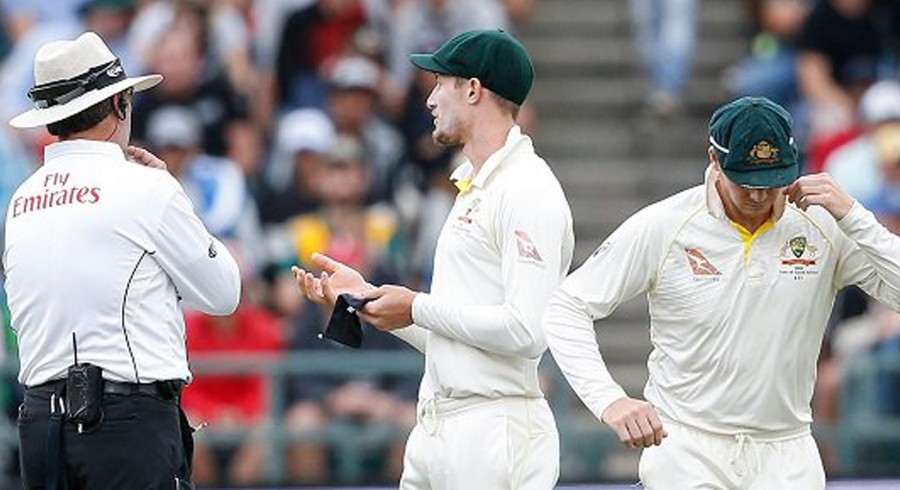Changes in code of conduct will take effect from September 30
 PHOTO: AFP
PHOTO: AFP
The International Cricket Council (ICC) has introduced changes in its code of conduct which includes stiffer punishments for players involved in ball-tampering.
According to a press release issued by cricket’s governing body, the offence of changing condition of the ball has been increased from level 2 to 3 — meaning that maximum sanction for this offence has been increased from eight suspension points to 12 suspension points (equivalent to 6 Test matches or 12 ODIs).
ICC has also inducted new offences in its code of conduct including attempting to gain an unfair advantage (level 2, 3), personal abuse (level 2,3), audible obscenity (level 1) and disobeying an umpire instructions (level 1).
Also match referees will now hear Level 1, 2 and 3 charges with a Judicial Commissioner only hearing Level 4 charges and appeals.
With the ICC Cricket World Cup 2019 less than a year away, the ICC has not made any major changes to the existing playing conditions but there are a couple of minor tweaks.
Clauses 11.4 (ODI), 11.7 and 12.8 (Tests) allows a match to be concluded before a scheduled interval while clause 19 (Test, ODI and T20I) stipulates that unless the boundary is the maximum 90 yards from the centre of the pitch, the boundary rope cannot be any more than 10 yards from the edge of the available playing area.
ICC also released the updated version of the Duckworth-Lewis-Stern (DLS) System. This is the third version but second update of the DLS System since its introduction into international cricket in 2014 and has been carried out following a detailed ball-by-ball analysis of scoring patterns, including in the Powerplays, in all limited overs internationals played during the previous four years.
This means the current analysis is based on information from 700 ODIs and 428 T20Is, which comprise over 240,000 outcomes of individual deliveries.
The latest analysis has revealed that teams have been able to extend their acceleration patterns for longer periods, and the average scores in ODIs have continued to increase. This means that par score calculations will assume that teams will be able to score a slightly higher proportion of their runs towards the end of an innings.
In finalizing the updated version, the scoring patterns between ODI (final 20 overs) and T20 were analyzed, as were the scoring patterns between men’s and women’s international matches. The study has confirmed that in both cases, while overall scoring rates are obviously different, wicket-adjusted resource utilisation rates are essentially identical.
As such, it has again been confirmed that a single version of the DLS System is compatible with all formats.
These changes will come into effect from Sunday September 30, when the first ODI between South Africa and Zimbabwe will be played in Kimberley.